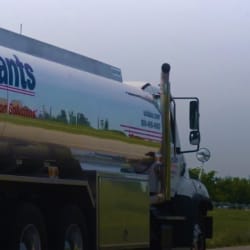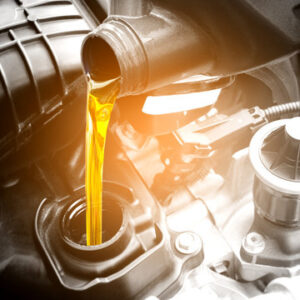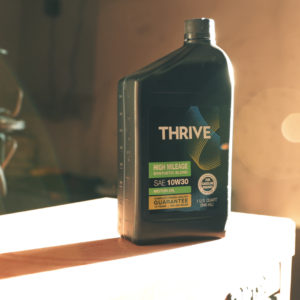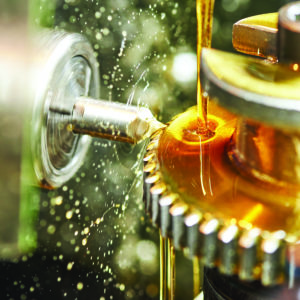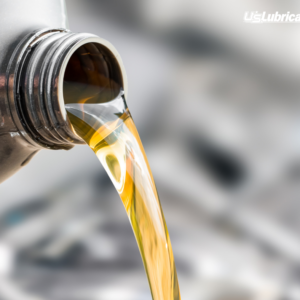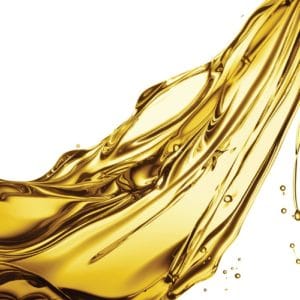A lubrication program tailored to your business goals will strengthen your fleet, shop, or plant. Lubrication programs provide several benefits, and they should be evaluated every couple of years for optimal performance. Advancements in technology and innovation have led to new lubrication standards that drive greater wear protection, oxidation, retention of viscosity, and more. Three key areas should be evaluated when selecting a lubrication program.
1. Product Compatibility
Several manufacturers and providers offer products that meet your OEM requirements and approvals. Identifying and selecting the appropriate viscosity or grade of oil to meet your business goals is an important part of the lubrication program. Lubricant experts should be able to offer guidance and answer questions about drain intervals and operational efficiency. In some instances, they may also provide samples to trial each product to understand what you like.
2. Inventory Management
Appropriate labeling, stocking strategy, and location of lubricant storage are all critical components of inventory management.
- Appropriate labeling, in addition to OSHA requirements, is a key part of an effective lubrication program. Colors, shapes, and symbols may be considered when developing an appropriate label strategy. For example, you can add a certain shape or color to the label to identify the lubricant type such as grease or oil. Noria Corporation published an article on the Advantages of Using Lube Identification Tags, which is a great resource for those interested in learning more.
- The stocking strategy is important to maintain lubricant health. If a lubricant is stored too long, even in optimal conditions, it can lose performance. Consult your lubricant expert if you are concerned about the health of a lubricant before use.
- Lubricant storage can significantly impact the effectiveness of your lubrication program. A properly designed lube room must be safe, functional, and meet the necessary requirements of the lubricants. For more information on how to design your lubricant storage room, read 10 Ways to Improve Lubricant Storage and Handling.
3. Analysis
Analysis is important for continued monitoring of your lubricants and machine health. Routine analysis can provide trend information that will identify hazards before they arise in a more costly repair. Analysis can also provide benefits such as identifying the equipment’s unique drain interval or optimizing efficiency.
Implementation
The final stage is implementing the lubrication program. Machine shutdown or downtime should be factored into the timing of implementing a new lubrication program. Modifying the equipment and observing the performance of the lubricant is critical for optimal efficiency. A reliable and knowledgeable lubricant expert will be able to assist with the transition and implementation plan. U.S. Lubricants has a team of experts and product engineers that can offer guidance for a smooth transition to help you find a better way.



